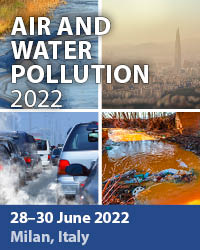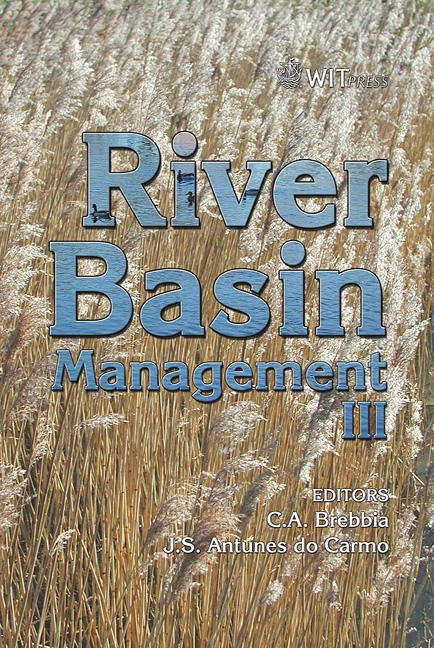A Dynamic Phosphorus Transport Model CATCHLOAD: The Case Study Of Lake Burtnieks, Latvia
Price
Free (open access)
Transaction
Volume
83
Pages
10
Published
2005
Size
849 kb
Paper DOI
10.2495/RM050351
Copyright
WIT Press
Author(s)
Ä. Bilaletdin, T. Frisk & H. Kaipainen
Abstract
Eutrophication of lakes is one of the most serious environmental problems. The aim of this study was to use a method developed for assessing dynamic phosphorus transport from large drainage basins and also to assess the effects in the target lake. The CATCHLOAD model consists of two compartments: a runoff model and a nutrient transport model. It is possible to use different kinds of runoff models in the CATCHLOAD. The statistical transport model calculates the transport as a multiplication of runoff and concentration separately for forested and agricultural areas of the catchment. The concentrations for forested and agricultural areas are obtained using empirical functions. The CATCLOAD simulates only the diffuse loading (agriculture and basic loading from forest) of sub-catchments and for that reason the point and sparse population loading were added to this simulated loading. The different versions of CATCHLOAD have already been used successfully prior to this study. In this study the runoff model METQ98 was used. The calibration results of CATCHLOAD were rather accurate. To assess a loading simulation in the future, different scenarios were formed. The main contributor to the loading is agriculture and it is assessed that in the future the main changes in loading happen only in agriculture due to the fertilization. The climate change scenarios were also simulated and generally it can be noticed that the annual effect of climate change on nutrient loading is smaller than the annual effect of calculated agriculture scenarios on nutrient loading. Keywords: nutrient loading, modelling, phosphorus, catchment, climate change, CATCHLOAD.
Keywords
nutrient loading, modelling, phosphorus, catchment, climate change, CATCHLOAD.





